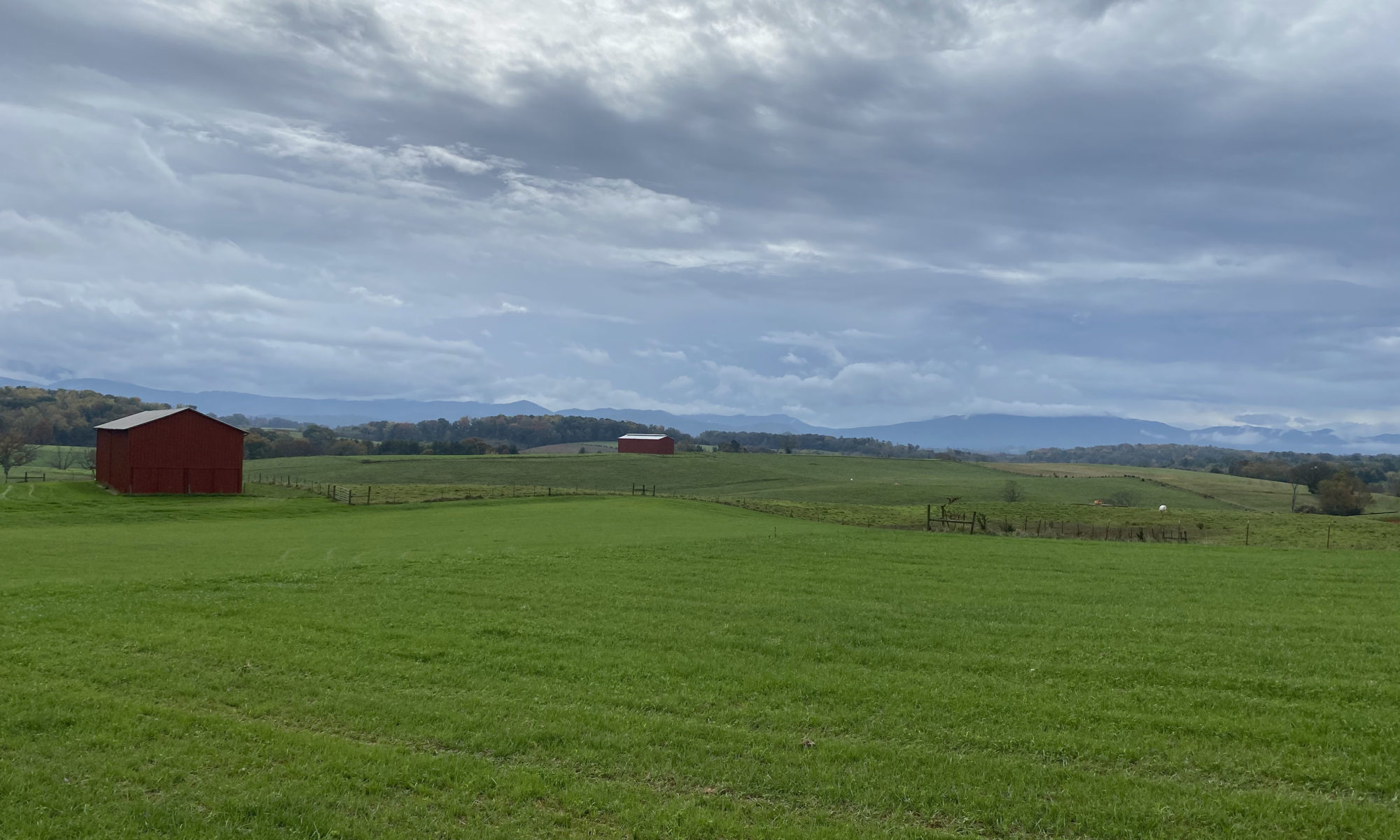

Dr. Gary Bates
Director and Professor
UT Beef & Forage Center
P: 865-974-7324
I have always been the breakfast cook in our home. Part of it is because I get up earlier than anyone else does, but also because I like to eat a big breakfast. My favorite breakfast is biscuits, gravy, eggs, sausage, and grits. Personally, I think this is the breakfast menu that made America great. I have made homemade biscuits for years using the same recipe. I’m not sure where I learned the recipe, but it has been used to make good biscuits for maybe twenty years.
The other day we were visiting with some friends when one mentioned her biscuit recipe. I noted it was similar to mine except she added yeast. I have always thought of yeast being something for loaves of bread, and I don’t know how to do that. But this past Saturday I adapted my recipe to include the yeast, and found that it made my biscuits better. The change didn’t take my biscuits from bad to good, it took them from good to really good. Thanks goes to my friend for this improvement.
There are many things like this in life. We can learn something small that makes something a little better. It may not completely revolutionize our situation, but it improves it enough to make a difference. A little bit of knowledge brings a change and an improvement. Several things in forage production can fall into this category.
One example is with clovers. I bet everyone one of you know the value of seeding white clover in pastures and hayfields. But including red clover with the white clover will improve the length of time clovers will be in the field until mid to late July. It won’t completely overhaul your pasture, but it will be an improvement with a simple addition.
Another example is with your grazing management. You may have a grazing management plan in which you rotate your cattle once every few weeks. You try not to overgraze, but your pastures are pretty large, and the cows have large areas to move around to graze over the weeks they are in the field.
A small change in grazing management will improve the efficiency of forage use and eventually forage persistence. Instead of having large fields, think about cutting pastures into smaller paddocks. This will prevent the cattle from having as much selectivity, and they will eat all of the forage across the field instead of eating forage in some areas and leaving other areas undergrazed.
You can make whatever level of divisions you would like. Some might like to divide pastures so that cattle eat all the forage in 1-2 days. Some might decide to size pastures so that it takes a week to graze the forage. The point is to keep cattle from having such a large area that they overgraze areas around the waterers mineral feeders, and shade areas, while areas on the far edges of fields don’t get grazed.
A small change like this can improve forage utilization by 20-30 percent, as well as keep stands strong for an extra few years. It may not take you from bad to good, but it can take you from good to excellent.
There are always new things to learn to help make improvements. You just have to develop the habit of looking for them. Be a constant learner, always trying to improve your farm. Good luck with it. Now it is time for me to see about some more biscuits.
